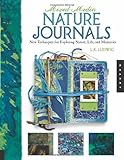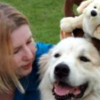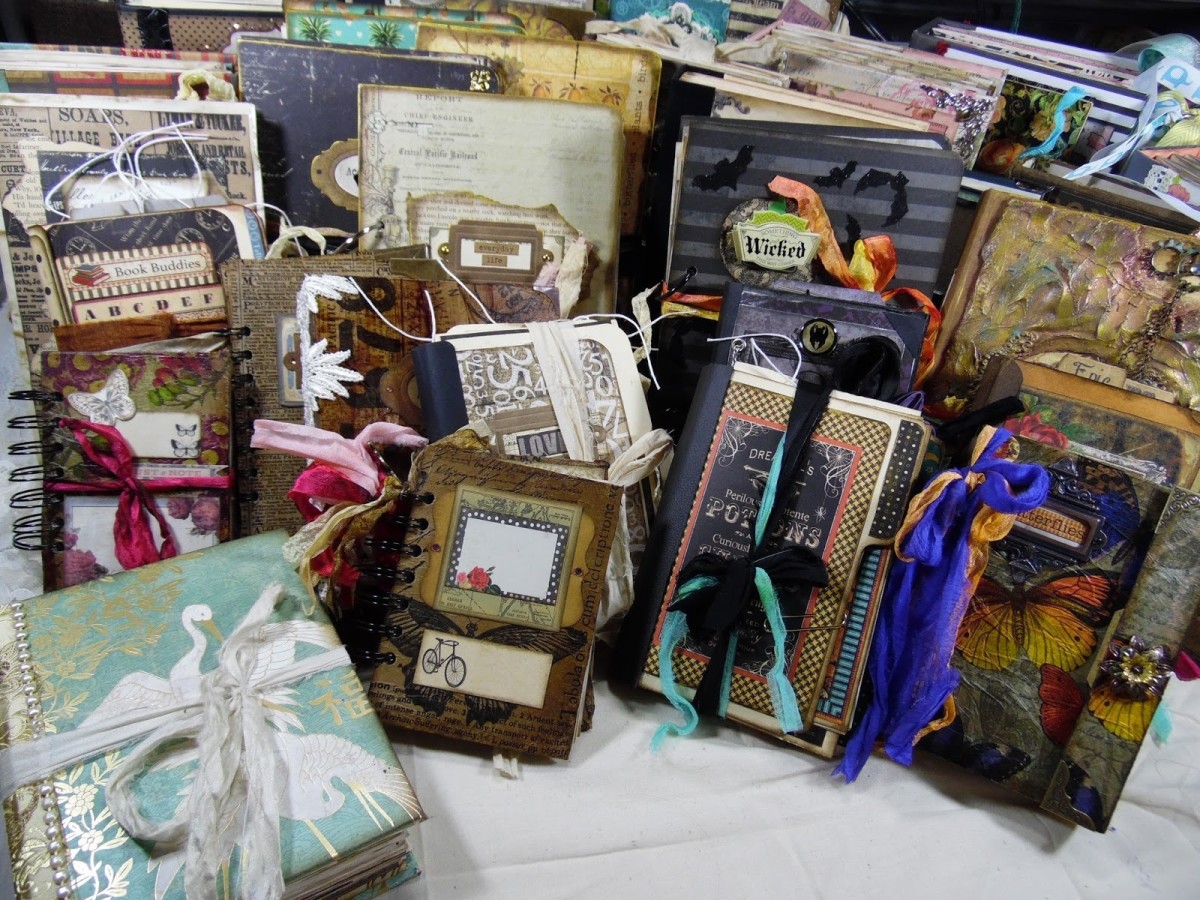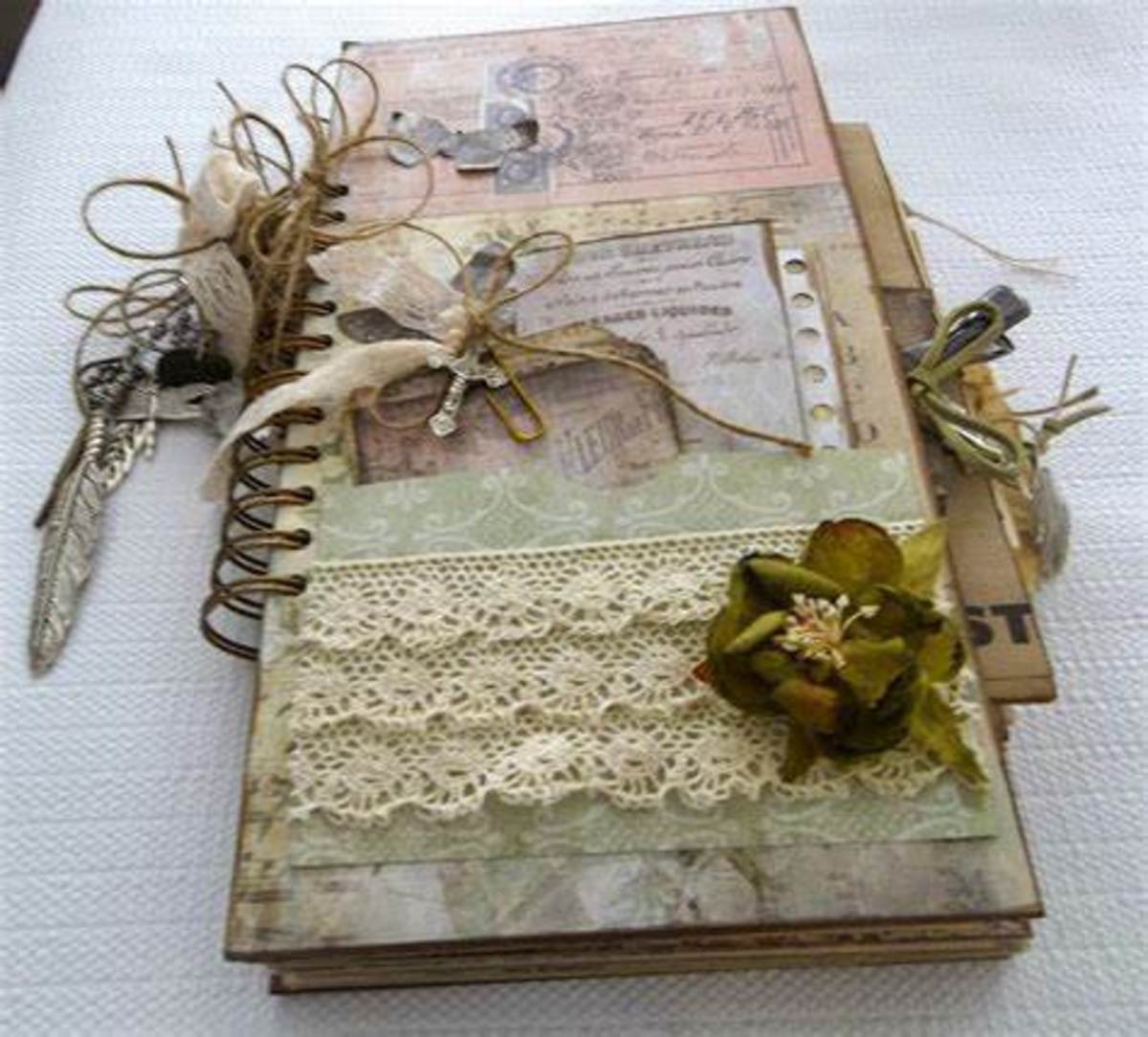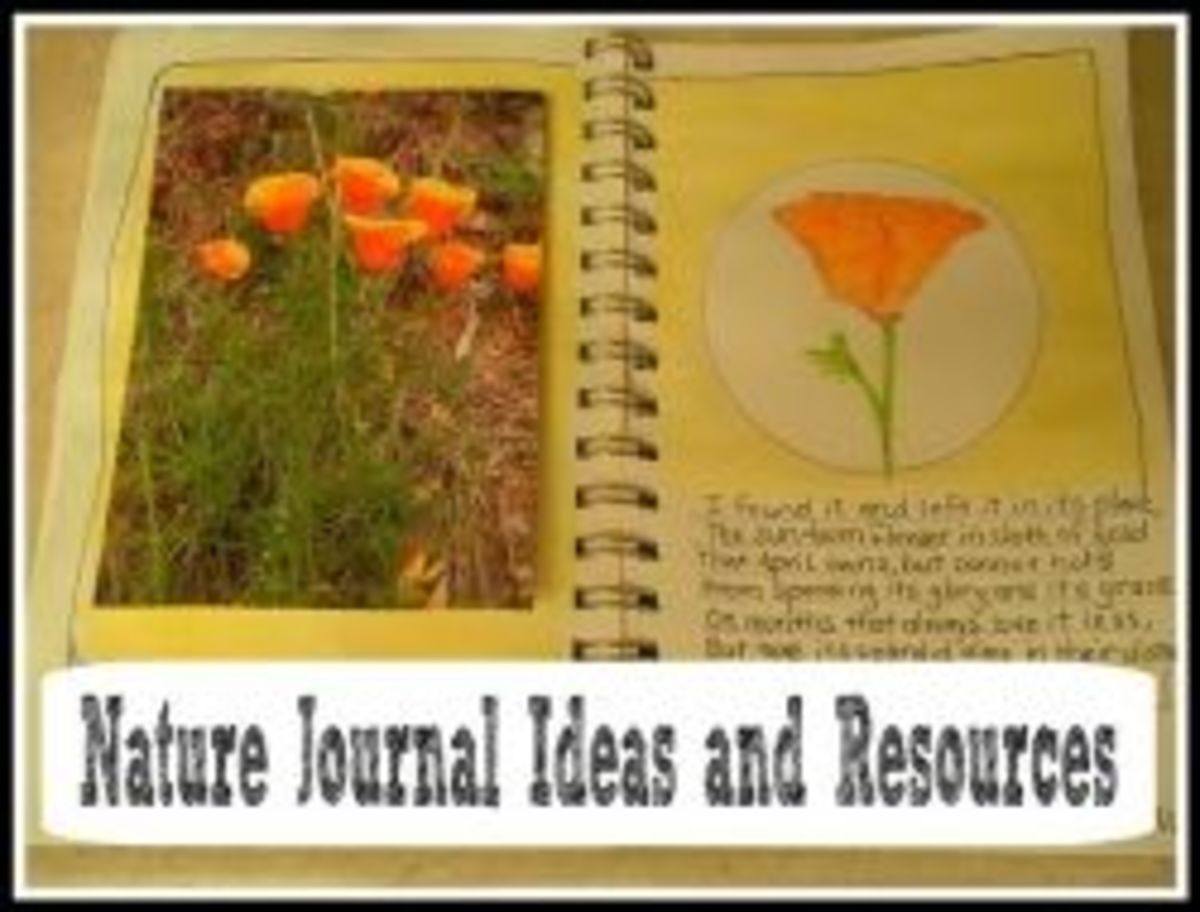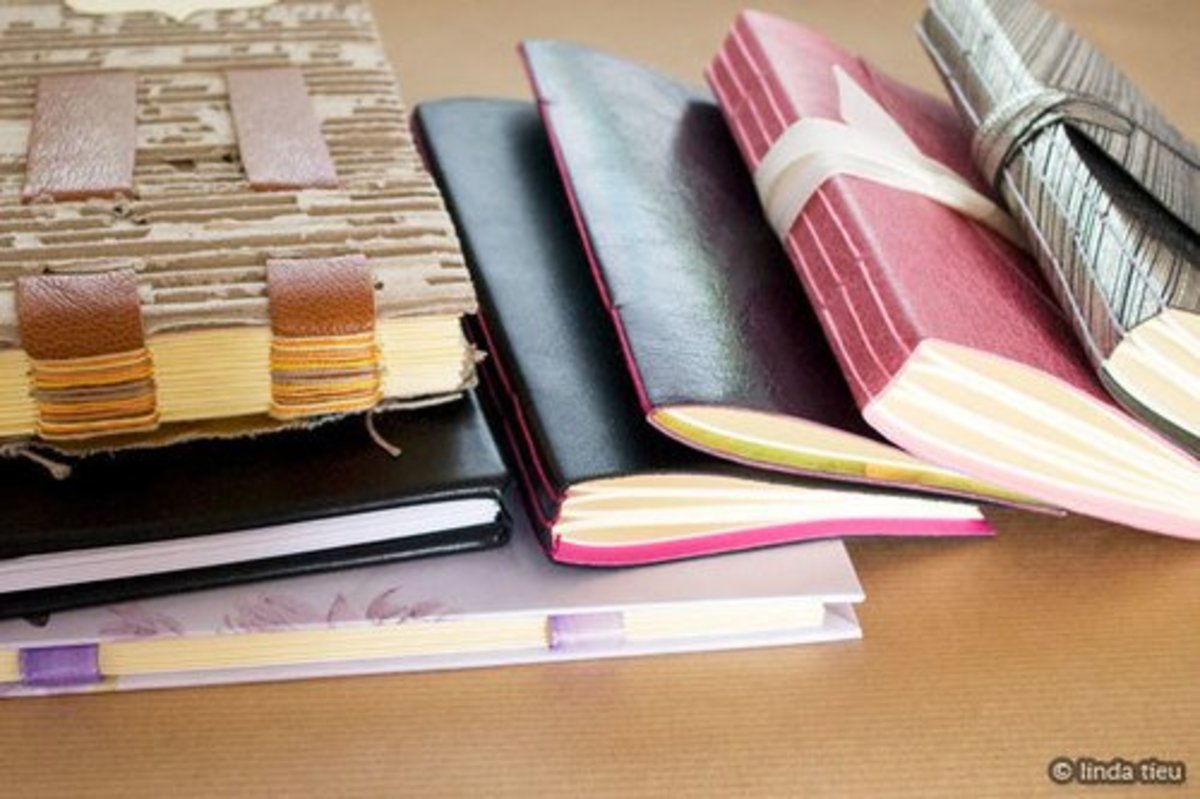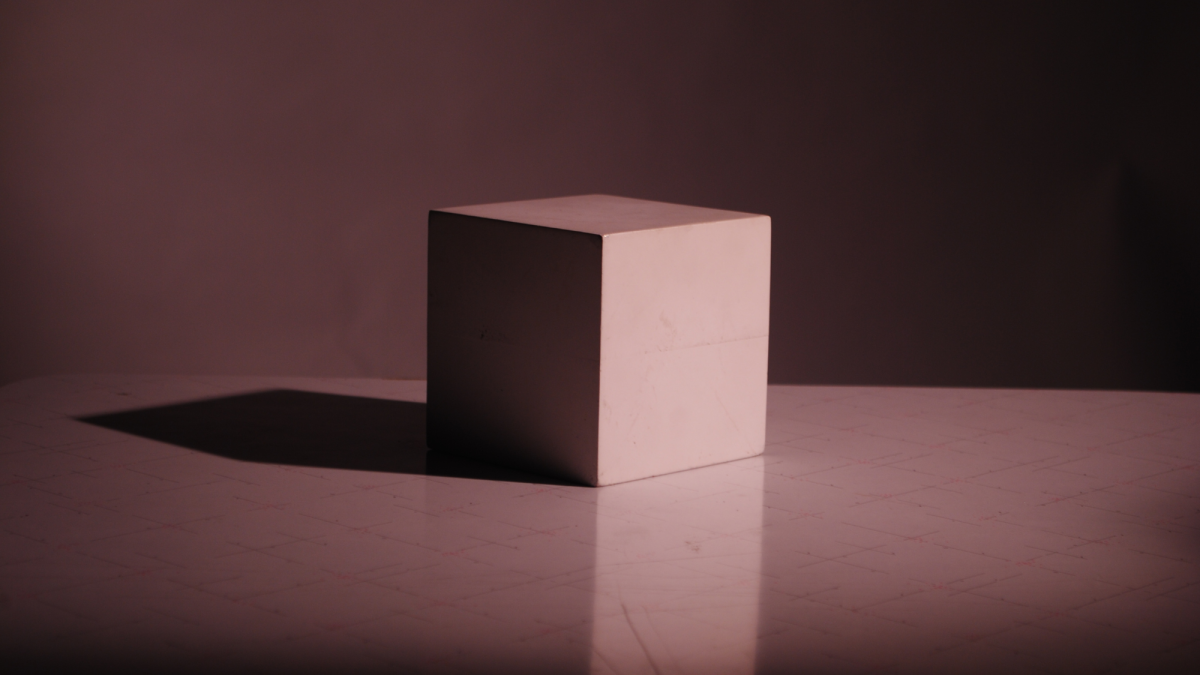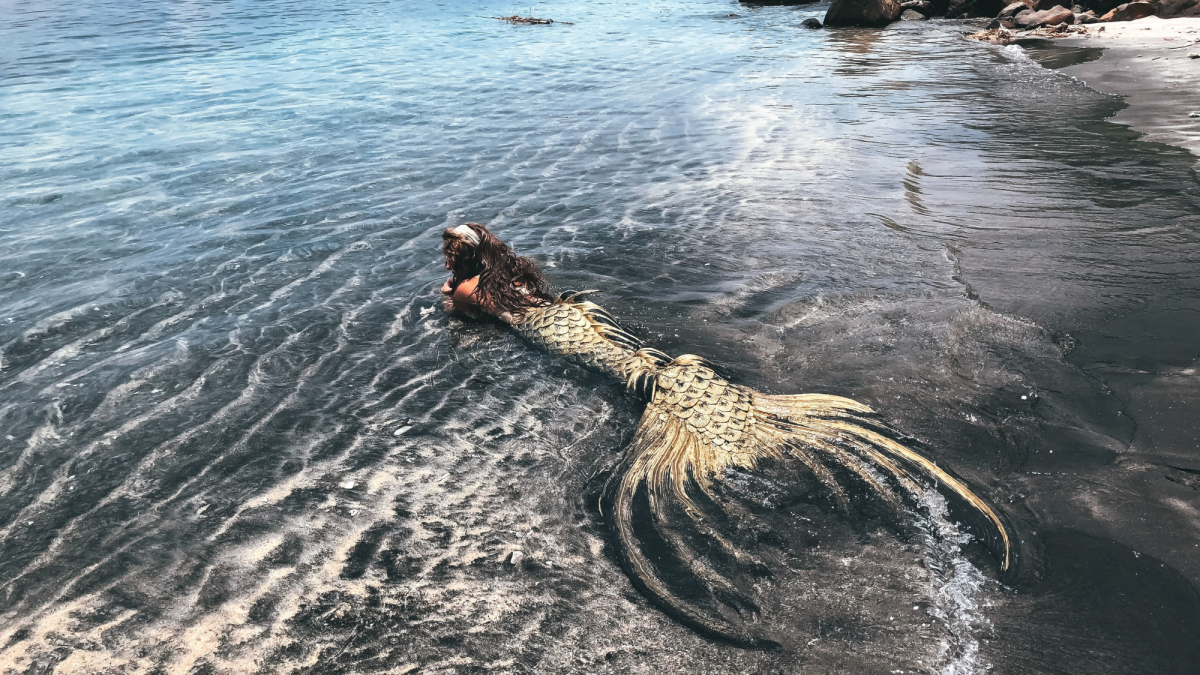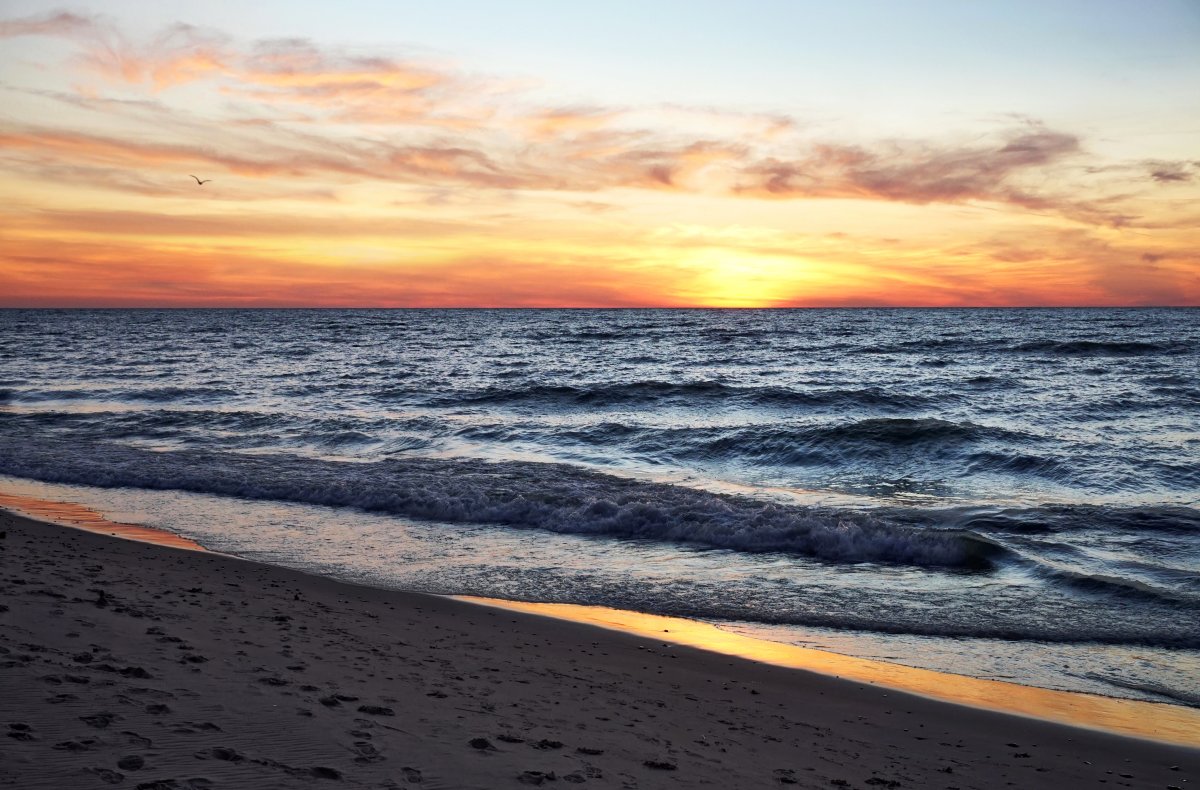Kid's journal ideas for nature everywhere
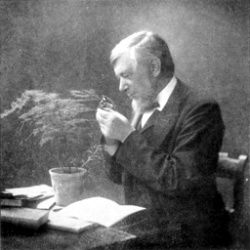
Nature journal ideas make ideal outdoor activities
Journal ideas for kids are everywhere including the backyard. A simple and easy project is that of making a nature journal. If you're looking for a good Earth Day activity or summer project, keeping a nature journal can provide hours of backyard fun.
Who keeps nature journals?
Well, anyone who has an interest in nature and animals. Scientists specializing in natural history documented their observations and findings in their journals and drew what they saw. The scientific diary or nature journal is still a tool of naturalists the world over.
Who are these people?
Long before being a naturalist was considered a profession, the world was populated with people who held a lifelong passion for nature who committed their lives to the scientific pursuit of exploration and discovery. Huge expeditions would be mounted and off they'd go, often putting their lives in danger, simply to discover a new bird, explore the arctic region, or follow the footprints of dinosaurs.
Nature journals are fun for artists, writers, and anyone who loves nature
Do you love birds, gush over dinosaurs, or simply enjoy immersing yourself in anything green? Then you are definitely a promising candidate for being a naturalist and certainly for keeping a nature journal.
Read on to find out about a few famous naturalists who started in their childhood following their passions, as well as an explanation of the nature-journal-diary concept. And don't forget Earth Day and some great activities that incorporate nature journals.
_______
Image credit: Photograph of naturalist John Gilbert Baker, see page for author [Public domain], via Wikimedia Commons; By Edward Drinker Cope [Public domain], via Wikimedia Commons
A page from a nature journal by 7-year old Edward Drinker Cope (1847)
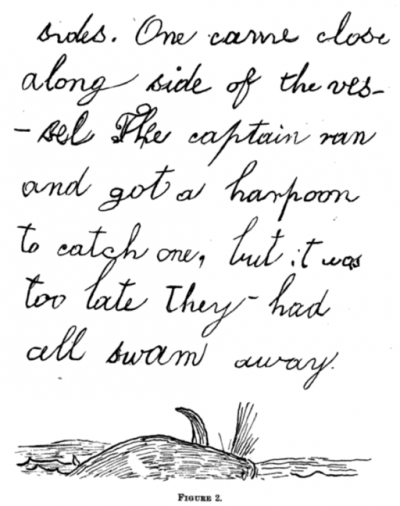
The cluttered study of a dinosaur hunter - Edwin Drinker Cope's paper-strewn study in 1897
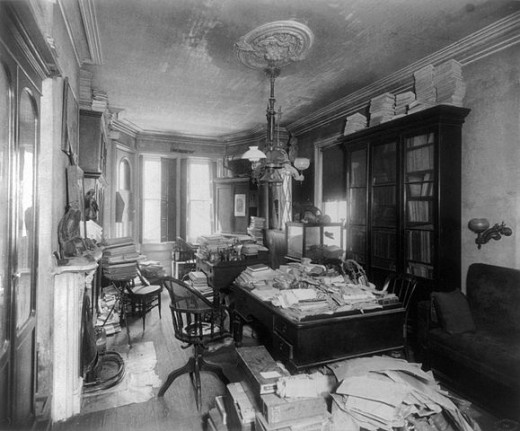
Edward Drinker Cope - Boy naturalist
Edward Drinker Cope caught the naturalist fever at a young age. As a child he explored his surroundings and especially the vast gardens. He liked to draw and loved animals. He spent a lot of time visiting museums, zoos, and gardens.
A boy at sea keeping a nature journal
When he was barely 7 years old Cope went on a sea trip to Boston. While at sea he kept a notebook, or nature journal, where he made notes and captured what he saw in drawings like the one above about the sea captain.
From nature journals to published papers
He developed an interest in biology and natural history and dreamed of becoming a scientist. He published his first scientific paper when he was 19. When he attended university, he was mentored by a leading paleontologist.
From journal writing to hunting dinosaurs
Eventually Cope became a leading paleontologist, himself, and spent years fossil collecting all over the United States but especially in the western states. The competition for fossils became intense which led to the competitive war between Cope and fellow paleontologist Marsh, called The Bone Wars.
In the end, the boy who loved to journal about nature grew up and become a famous naturalist and noted paleontologist. During the Bone Wars, Cope discovered 56 new dinosaur species. In fact, several species bear his name.
Young naturalist holding a horseshoe crab shell aloft
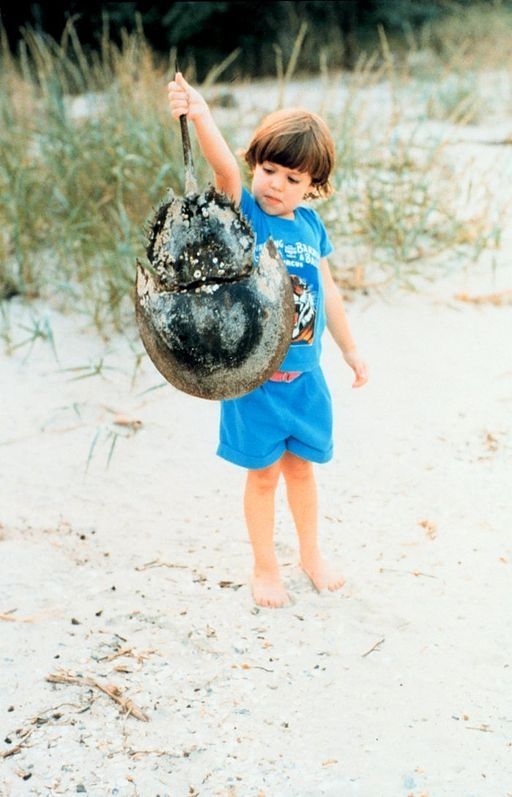
Tips on how to keep a nature journal

Explorers record the natural world using journals - Many use a simple sketchbook as a visual journal
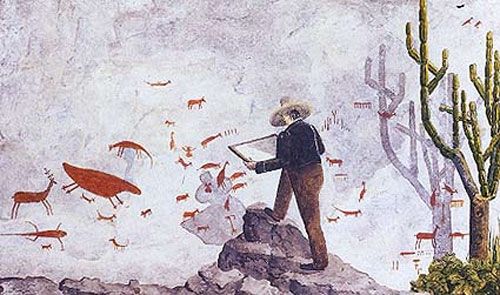
Here a Danish naturalist is copying rock paintings at Lagoa Santa, Brazil. The drawing is by his assistant and illustrator P.A. Brandts.
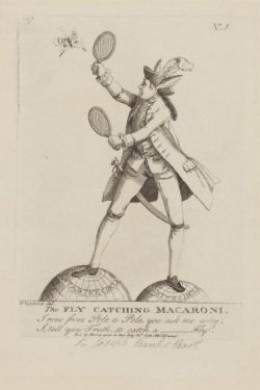
Joseph Banks kept a diary on an expedition
Notes and drawings make up a nature journal
As a boy, Joseph Banks explored the countryside near his home in Lincolnshire, England and discovered his interest in nature. He also loved history and botany. He attended the university but his father died when he was 21 and Banks had to return home to take care of the large and wealthy estate.
Naturalists loved scientific expeditions of the day
Although he didn't get his college degree, he continued studying the sciences. At the same time he grew in stature until he eventually became one of the king's advisers. Because of his strong and continued interest in botany, he pushed the king to support the many expeditions that were going on at the time.
A new naturalist keeps a journal on an expedition to the South Pacific
When Banks was 23, he made his first voyage and his diary of the expedition with his notes and drawings has survived. He went on to accompany James Cook on his first voyage to the South Pacific.
An artist becomes a naturalist
Over the years Joseph Banks became famous, wealthy, and influential. He is often remembered today due to the attention he received from a political cartoonist who dubbed Banks The Flying Macaroni.
Nature lover Joseph Banks became an explorer and a discoverer - Three facts about Joseph Banks
- First to identify the common garden plant, bougainvillea
- Set sail with James Cook on his first voyage to the Pacific Islands in 1768.
- Documented the existence of the Great Auk, a bird which became extinct in 1844 and was the beneficiary of several early environmental laws.
The Great Auk
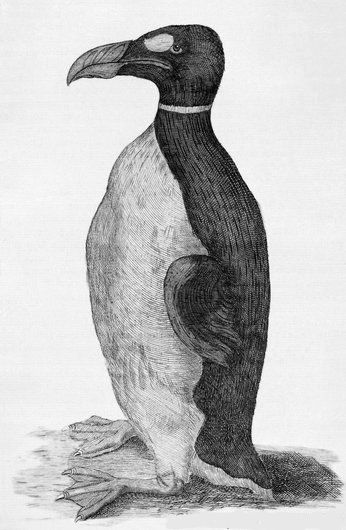
Why keep a nature journal?

Don't be afraid of journaling
Recording nature is easy
A nature journal is more than a simple diary
Sometimes the idea of journaling makes people a little nervous but it's nothing to fear. Today there are so many different elements that you can bring into your explorations that a diary or journal is a good way to keep things organized and captured. Think photographs and drawings.
Use today's technology to capture your world
Not only can you use pen and paper, there are so many wonderful dairies, record books, blank books and sketch books that can be transformed. Taking photographs is another plus and, of course, you can't forget about everyone's favorite: video recording. All this can be woven together to capture a life lived in the midst of nature and all it has to offer.
Be active and observe
The way to begin and to keep a journal that records your findings in nature is to simply immerse yourself in the backyard or nearest clump of dirt and watch what happens. Something is always going on.
Observation and wonder are the primary ingredients - Tips for the budding naturalist
Your notebook can be your best friend when you're outdoors observing the natural world. Through the power of the pen, the camera, and even the video today, you can capture what happens and take note of your reactions. Using the journal allows you the luxury of thinking deeply about what goes on in the world around you.
Ready for some backyard fun? - Here's a guide to nature journaling for children
Yes, this nature journal may be geared for the kids but it doesn't mean adults can't use it. There are plenty of ideas just waiting for the budding naturalists to try.

Things you need to start your outdoor adventure
How to make your own naturalist's field bag - Carry everything you need in this simple and easy to make field bag.
You may wonder how you're going to "go deep" in nature if you're trying to juggle a sketch pad or a journal and writing and drawing items while keeping a keen eye on the nearest squirrel or concentrating on the hoot of an owl. Having a field bag one way to tackle that problem. Here's a list of some of the items you'll need:
- hand towel or piece of cloth
- scissors
- ruler
- needles
- marker
- thread
Types of nature journals - From art journal to Moleskine
There are so many different types of journals and blank books that would make a good nature journal that it's impossible to recommend only one. Here's a few that reflect different styles depending on your mood and own way of working. Try one, try them all. It's okay to have more than one type and to change your mind as you go along.


Let the outdoor adventure begin
Ways to work in the field
The following videos will give you some great ideas and tips. It's always nice when you can actually observe someone doing what you want to do.
How to make a nature journal
Here you'll not only watch how to create a journal but learn how one naturalist interprets her work.
Things to do and not do with a nature journal
American White Pelican - John James Audubon

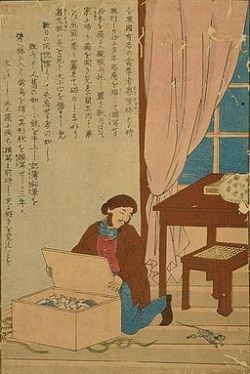
The perils of an early naturalist in Japan
John James Audubon finds a rat ate his work.
John James Audubon's journals formed the basis for his life's work and were the foundation for all his paintings, observations, reflections and published work. Out in the field he not only sketched what he saw but wrote detailed notes that then helped him bring his subjects to life in his paintings.
An artist becomes a naturalist
Audubon lived during the time of Napoleon. As a boy he liked to draw birds. As a young man he continued his obsession with birds. Eventually he realized he could combine his talent for art and his love of nature. Once he merged the two, he had a goal and a clear mission. He would find and paint every bird in North America at the time. Yes, he was definitely obsessed with birds.
Don't be afraid to use mixed media in your journal
Audubon's passion and the thrill and excitement he felt when out in the field translated to his paintings. He used many materials to create the final renditions of his birds from pen and ink to charcoal to watercolor and oils. He would do whatever it took to make that bird happen on the page.
An early lesson
At one point Audubon had a habit of using a wooden box to store his drawings. Imagine how he felt when, after a trip, he returned home and opened the box to find every single drawing in shreds. The culprit? Rats.
Image credit: John James Audubon by Yokohama : prints from nineteenth-century Japan. Forms part of: Chadbourne collection of Japanese prints (Library of Congress). [Public domain], via Wikimedia CommonsHow to see and draw things in nature - How to draw a leaf
Watch as Julie Bliss, author of Drawing Nature: A Journal as she draws a leaf in her journal.
How to draw and capture sounds in your nature journal - Draw the bird songs you hear
How to add natural elements to your nature journal - How to preserve natural elements like leaves and add to your pages
Incorporate natural elements into your nature journal using the techniques demonstrated. Shows how you can protect the delicate natural materials like leaves picked up while on a nature walk, etc. Interesting use of mica, too.
Earth Day Activities
Including instructions on how to draw a leaf
Tips for drawing leaves
Nature Journal - Earth Day Activity
Add mixed media journal pages - Draw inspiration from nature
You'll find a lot of non-traditional methods to add to your journal, things like leaf rubbings and pressings and even tips on the best way to photo-shop your images and incorporate them into your journal.
